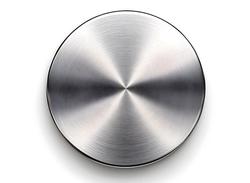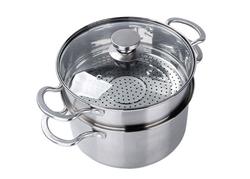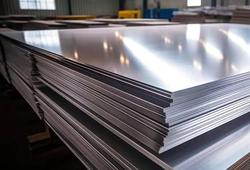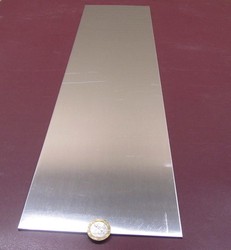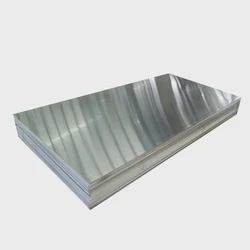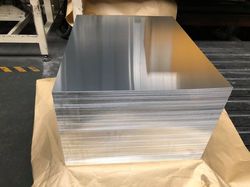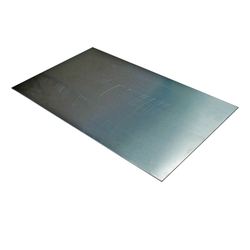We use only premium-grade aluminum, rigorously tested to meet the highest standards. Our products are built to last, offering exceptional strength and flawless finishes, ensuring reliability even in the most demanding applications.
3105 Aluminum Plate
1. Alloy Composition
3105 aluminum is a non-heat-treatable alloy in the 3000 series (Al-Mn-Mg), primarily composed of aluminum (≥97.3%) with minor additions of manganese (0.3–0.8%), magnesium (0.2–0.8%), and trace elements like silicon (<0.6%), copper (<0.3%), and titanium (<0.1%) . This composition enhances its strength, corrosion resistance, and formability compared to pure aluminum (1100) or the widely used 3003 alloy .
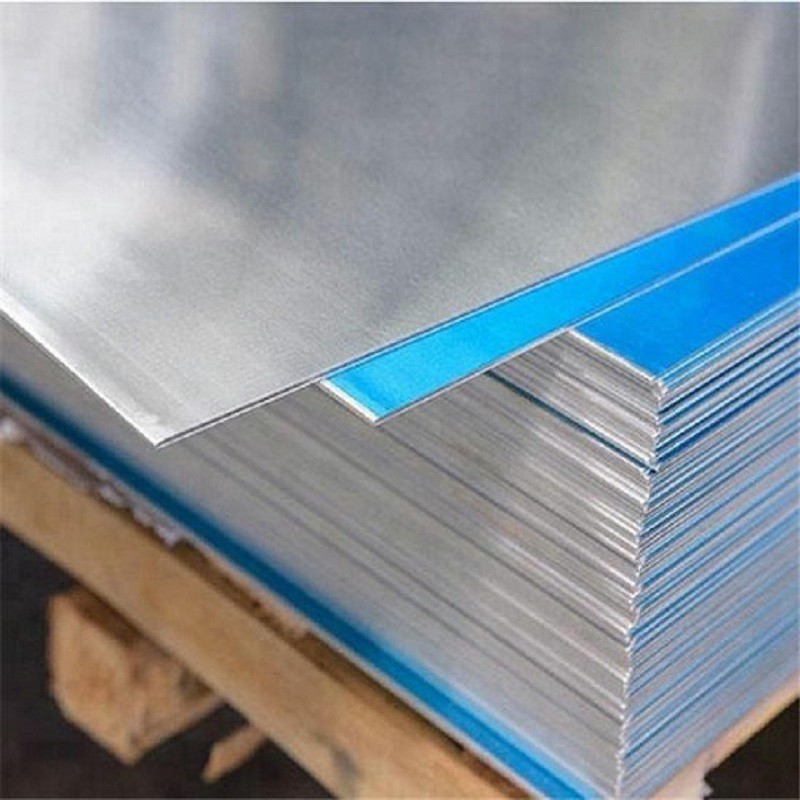
2. Mechanical Properties
Strength: Tensile strength ranges from 125–175 MPain annealed (O) temper, increasing to 180–200 MPain cold-worked tempers like H14 or H24 . Yield strength for H14 temper is approximately 145–150 MPa, with elongation values of 1–12%depending on the temper .
Formability: Excellent in annealed (O) and semi-hard (H12/H14) states, allowing deep drawing and bending with radii of 1–2× thickness. Harder tempers (e.g., H18) require larger radii (2–7× thickness) .
Hardness: Brinell hardness (HBW) for H14 temper is around 35–45, balancing workability and durability .
Density: ~2.71 g/cm³, typical of aluminum alloys .
3. Corrosion Resistance
3105 offers excellent rust and atmospheric corrosion resistancedue to its aluminum-manganese matrix, making it suitable for outdoor applications without additional coatings . It is widely used in roofing, gutters, and siding, where long-term exposure to moisture is expected .4. Thermal and Electrical Properties
Thermal Conductivity: ~171 W/m·K, enabling efficient heat dissipation .
Electrical Conductivity: ~41% IACS(International Annealed Copper Standard), higher than many other aluminum alloys due to its low impurity content . This makes it useful for electrical components like wiring and busbars.
Coefficient of Thermal Expansion (CTE): ~23.6 µm/m·°Cat room temperature, aligning with standard aluminum alloys .
5. Processing and Fabrication
Cold Working: Strength is enhanced through cold rolling (tempers H12, H14, H18), which increases hardness but reduces ductility .
Annealing: Performed at 344°C (650°F)to restore ductility after cold working, followed by air cooling .
Weldability: Good weldability using arc welding methods (e.g., MIG/TIG), though post-weld treatments may be needed to avoid slight strength reduction .
Machinability: Average in annealed states but improves in harder tempers; oil lubricants are recommended for precision machining .
6. Applications
3105 aluminum plate is versatile across industries:Construction: Roofing, gutters, downspouts, siding, and architectural panels due to its corrosion resistance and aesthetic appeal .
Packaging: Beverage bottle caps, aerosol containers, and food packaging, leveraging its formability and food-safe compliance (in specific tempers) .
Transportation: Truck floors, bus interiors, and refrigerated containers for lightweight durability .
Industrial Equipment: Anti-skid platforms, stair treads, and structural components requiring moderate strength and corrosion resistance .
Electrical Components: Busbars, heat sinks, and wiring harnesses, capitalizing on its conductivity .
7. Comparison with Other Alloys
3003 Aluminum: Slightly lower strength (110–160 MPa) but higher Mn content (1.0–1.5%), making it more formable for complex shapes .
5052 Aluminum: Higher strength (215–240 MPa) and better resistance to marine environments but lower conductivity .
1100 Aluminum: Pure aluminum (99% Al) with lower strength (90–110 MPa) but superior corrosion resistance in highly acidic/basic environments .
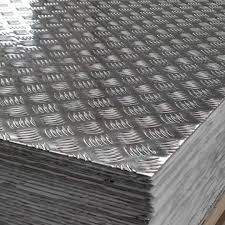
8. Availability and Standards
3105 aluminum plate is available in thicknesses ranging from 0.1–500 mmand widths up to 2600 mm, with common tempers including O, H12, H14, H16, H18, H22, and H24 . It meets international standards such as EN 573-3(European) and aligns with ASTM specifications for structural applications .9. Surface Finishes
Common finishes include mill finish, smooth polished surfaces, and protective coatings like lacquer or PVC films to prevent scratches and enhance durability . Decorative embossing (e.g., checker plates) is also popular for anti-slip and aesthetic purposes .10. Handling and Storage
To maintain its corrosion resistance, 3105 plates should be stored in dry environments. Avoid contact with aggressive chemicals, and use non-abrasive cleaners for maintenance .In summary, 3105 aluminum plate offers a balanced combination of strength, corrosion resistance, and formability, making it a cost-effective choice for diverse applications where lightweight durability and moderate mechanical performance are essential.
The Product Specification
| Item | Value |
|---|---|
| Alloy | 3105 Aluminum Plate |
| Temper | O, H12, H14, H16 H18, H19, H22, H24 H26, H28, H112 |
| Thickness | 0.02-6mm |
| Width | 100-2500mm |
| Application |
Aluminum beer bottle caps
beverage bottle caps cosmetic bottle caps color coated aluminum coils" |
Why Choose Our 3105 Aluminum Plate?
From aluminum sheets, coils, foils to circles, Xuntai offers a broad product range to meet various industry needs. With flexible customization options, we provide perfect solutions tailored to your exact specifications.
Our cutting-edge production technology ensures precision, uniformity, and high mechanical performance in every product. With Xuntai, you’re guaranteed consistent quality that exceeds industry standards.
With a reputation for fast delivery and reliable service, Xuntai is trusted by clients worldwide. Our commitment to on-time delivery and consistent quality makes us the supplier you can rely on for long-term partnerships.
